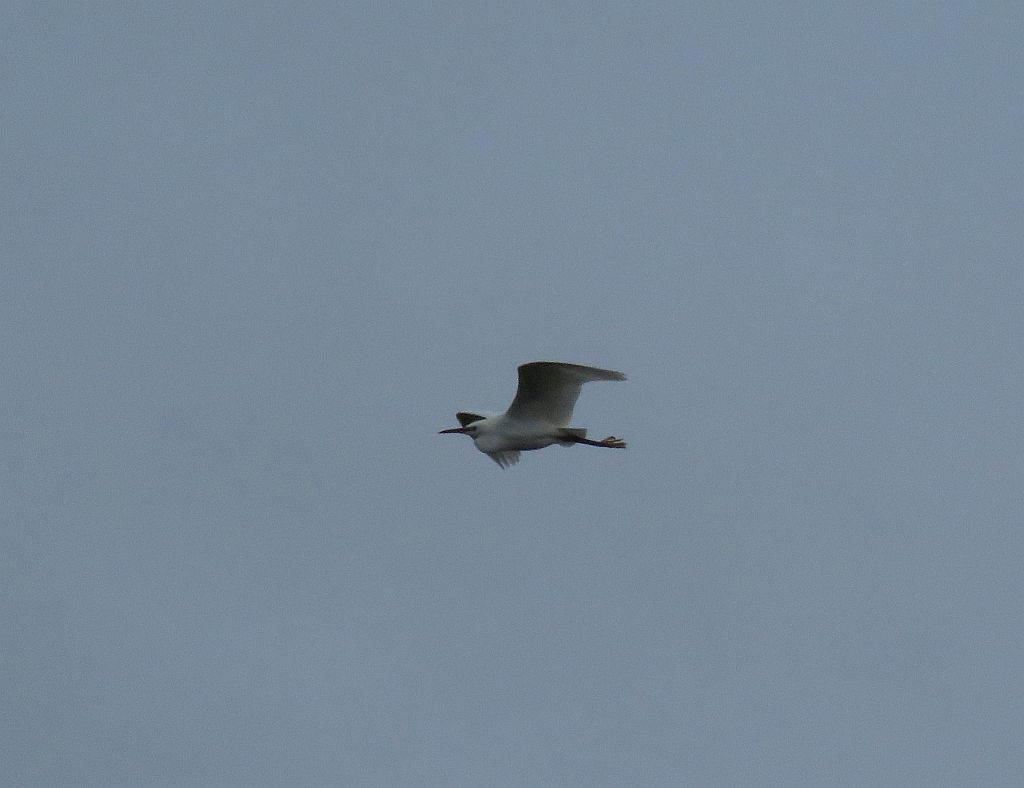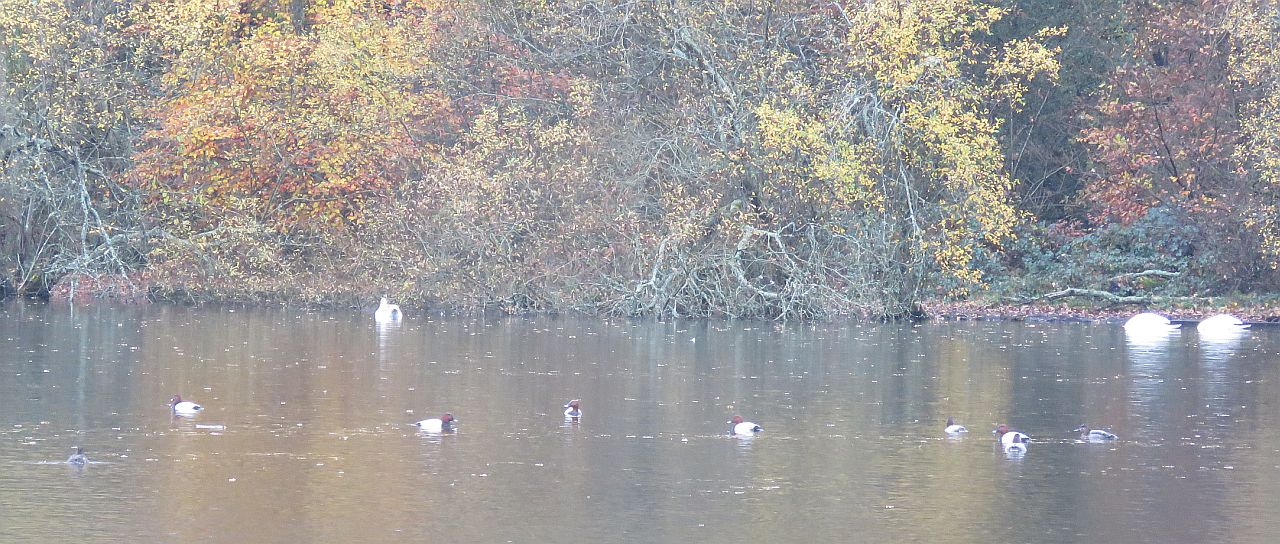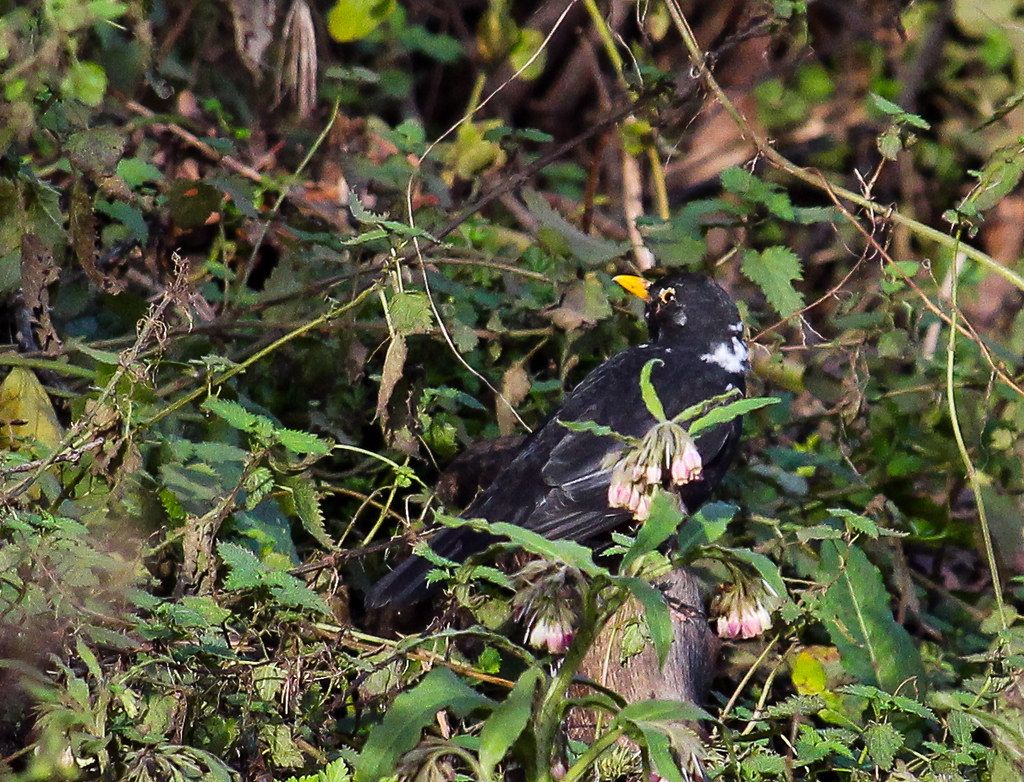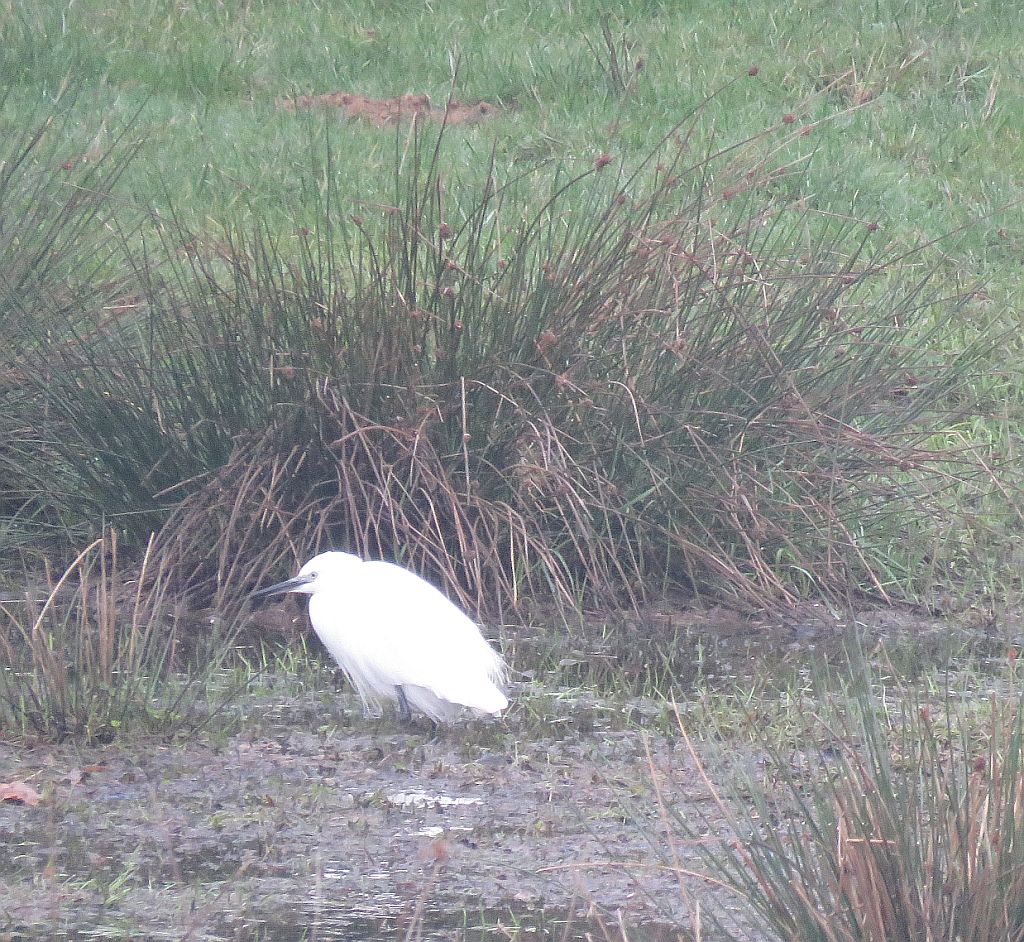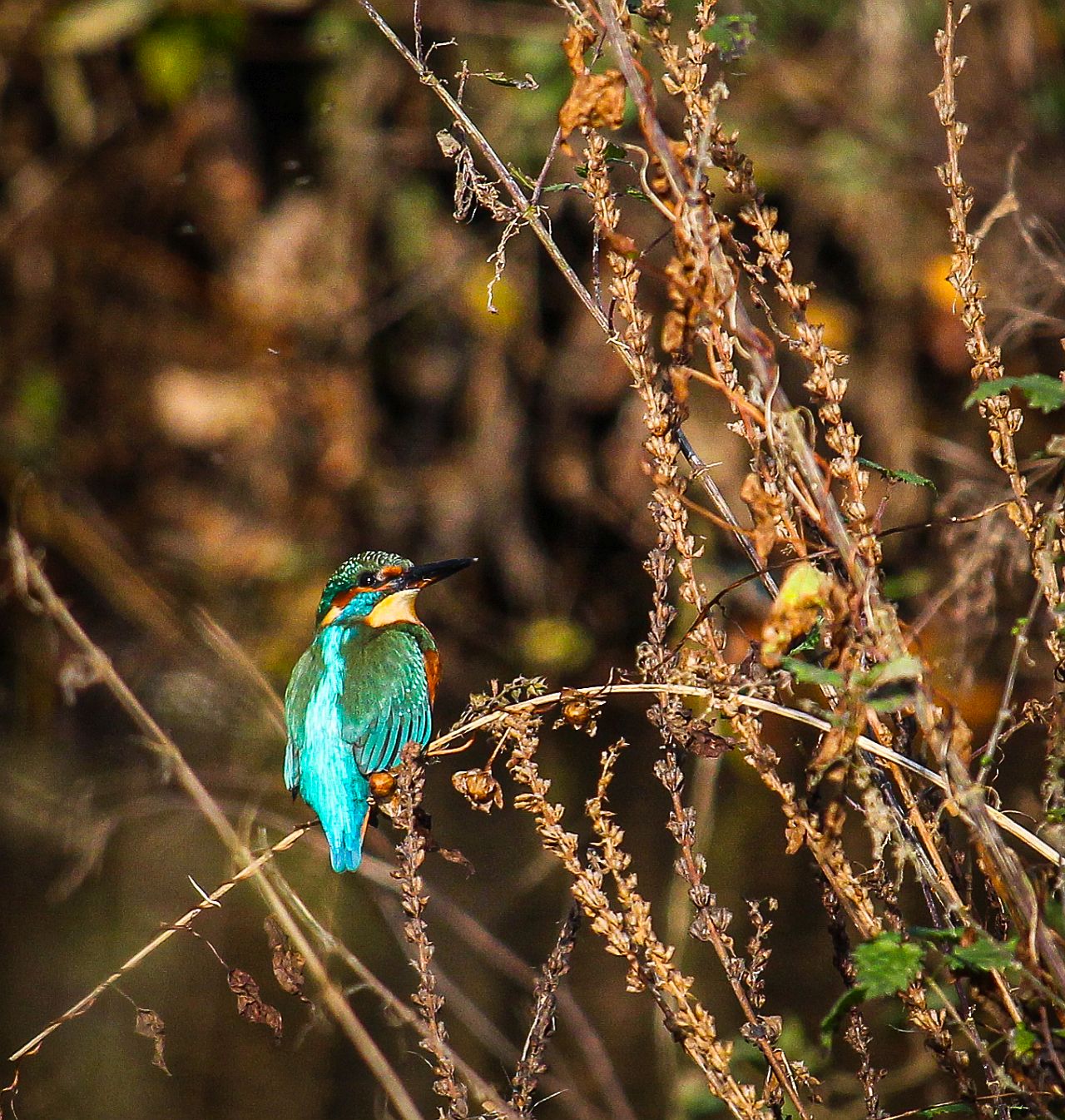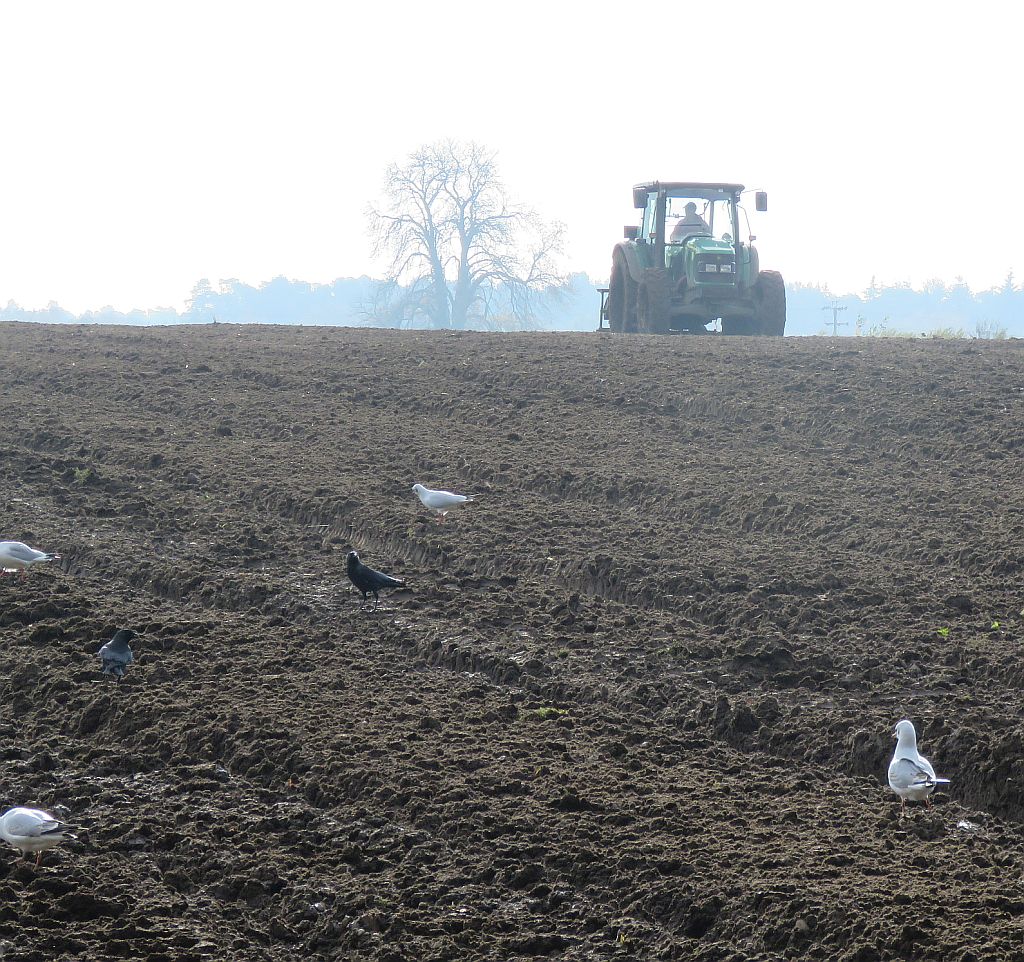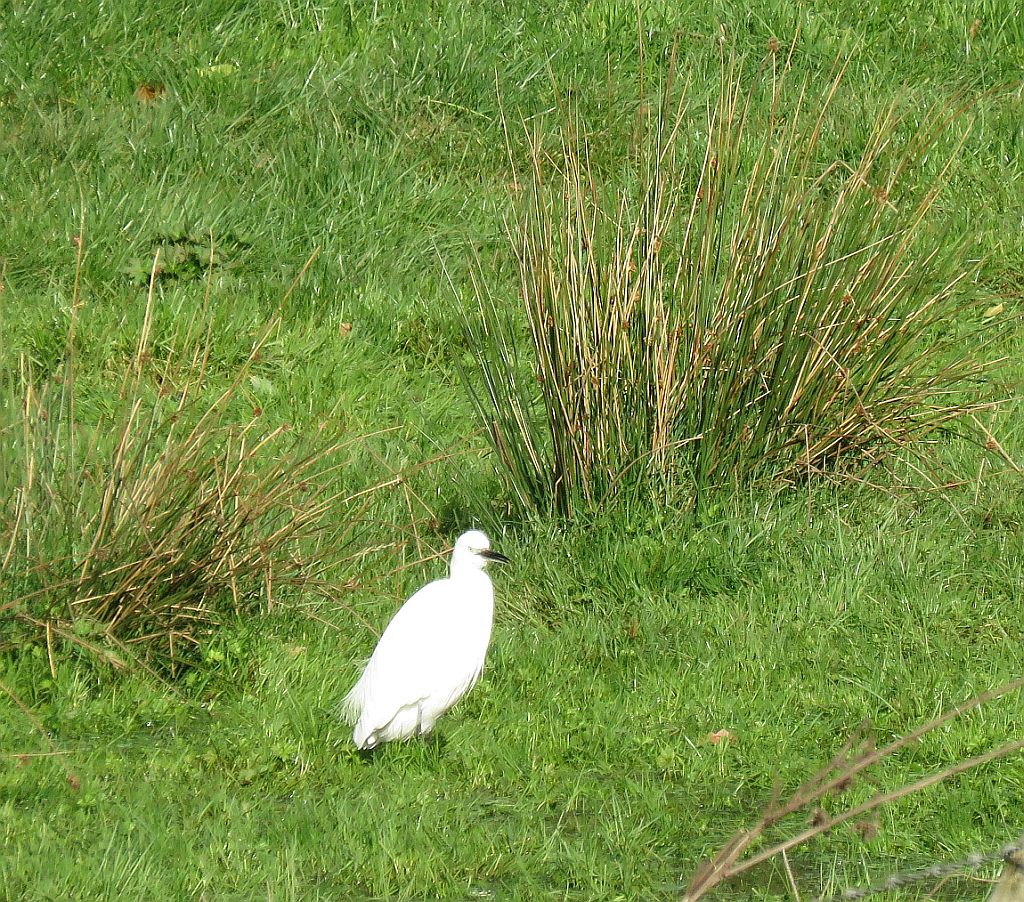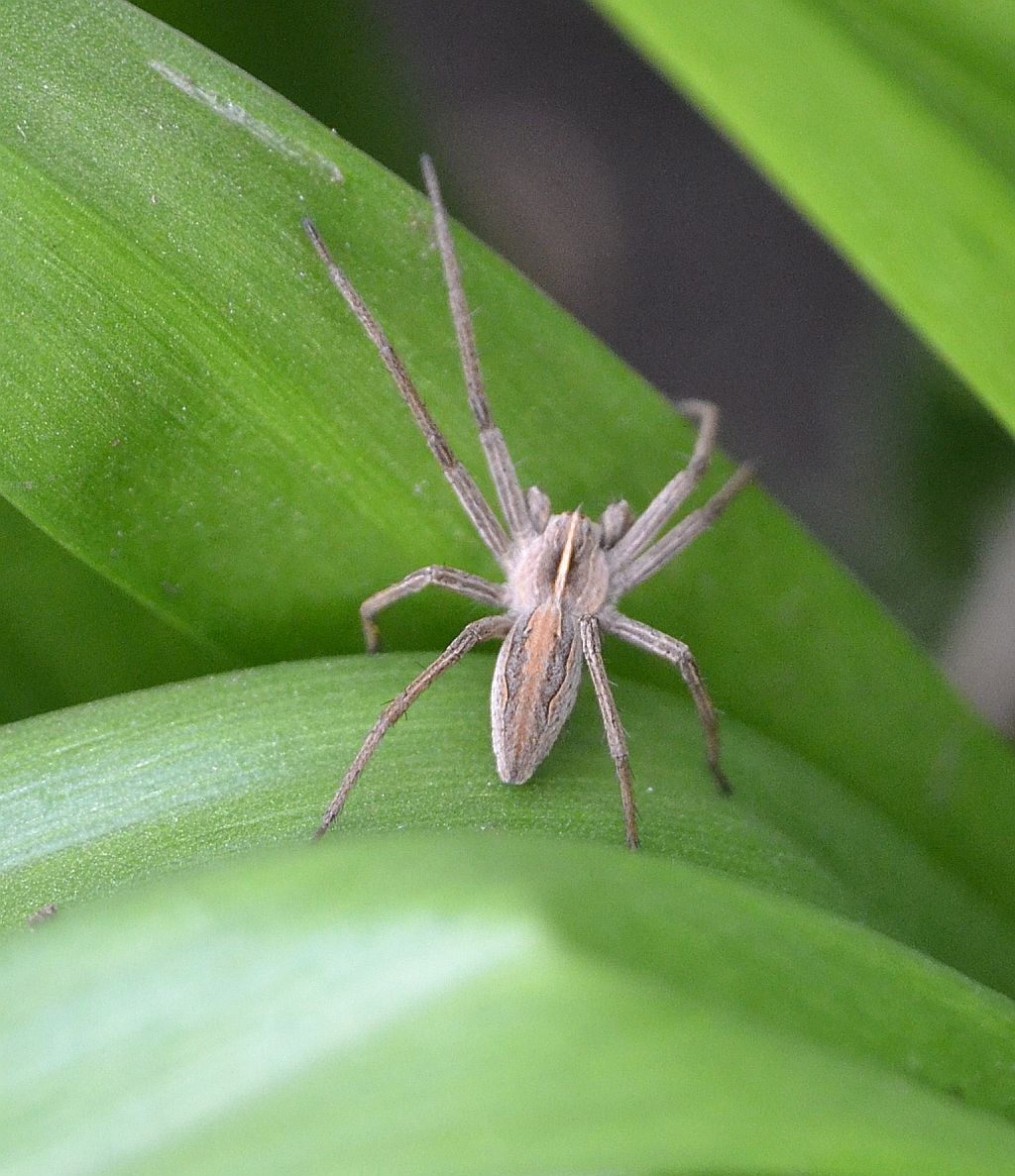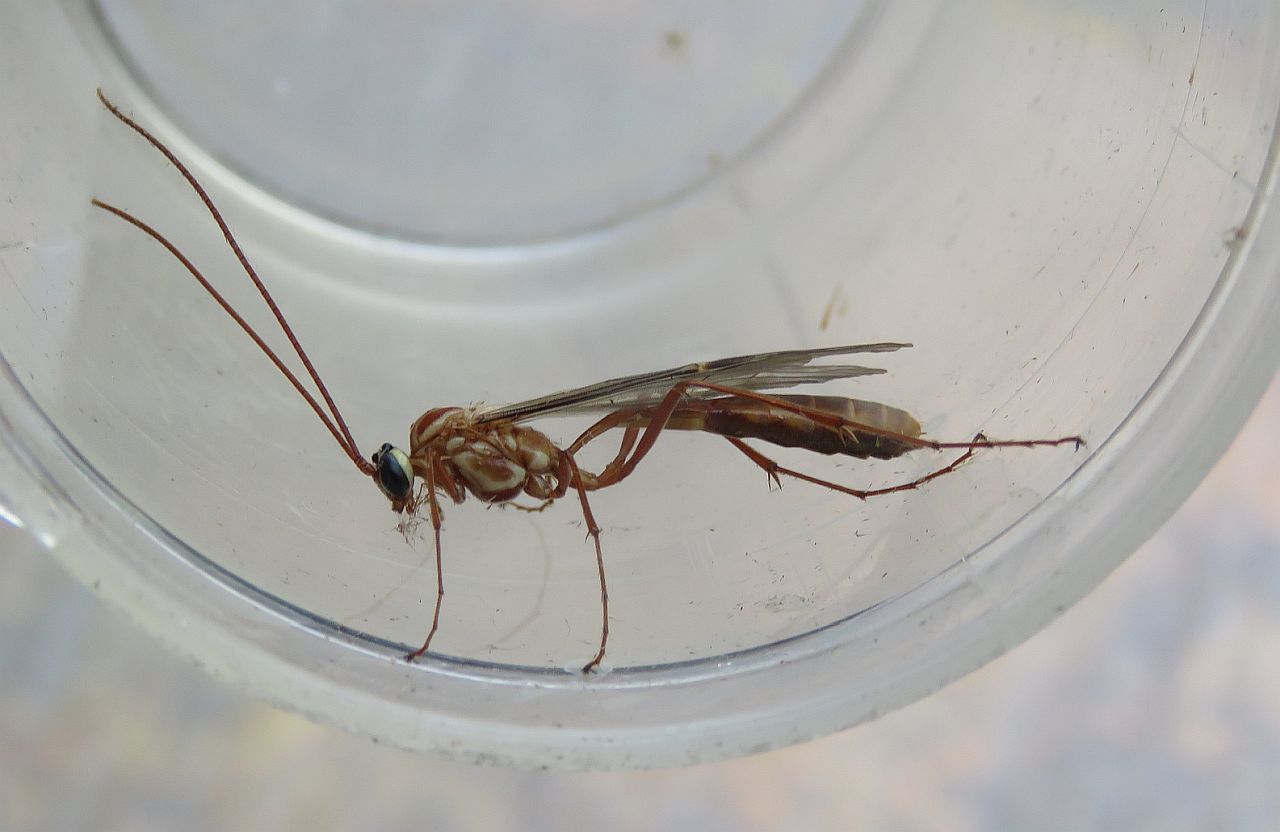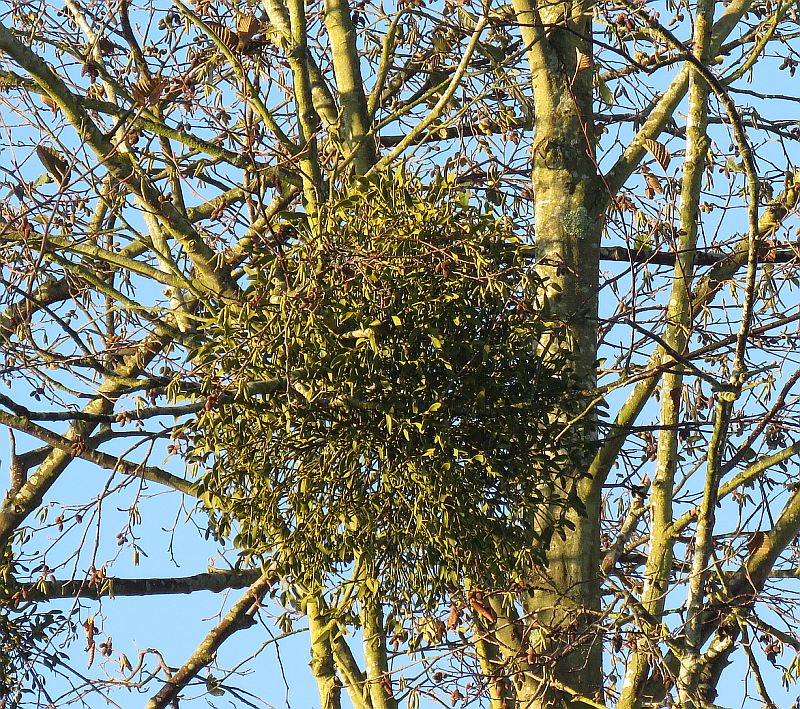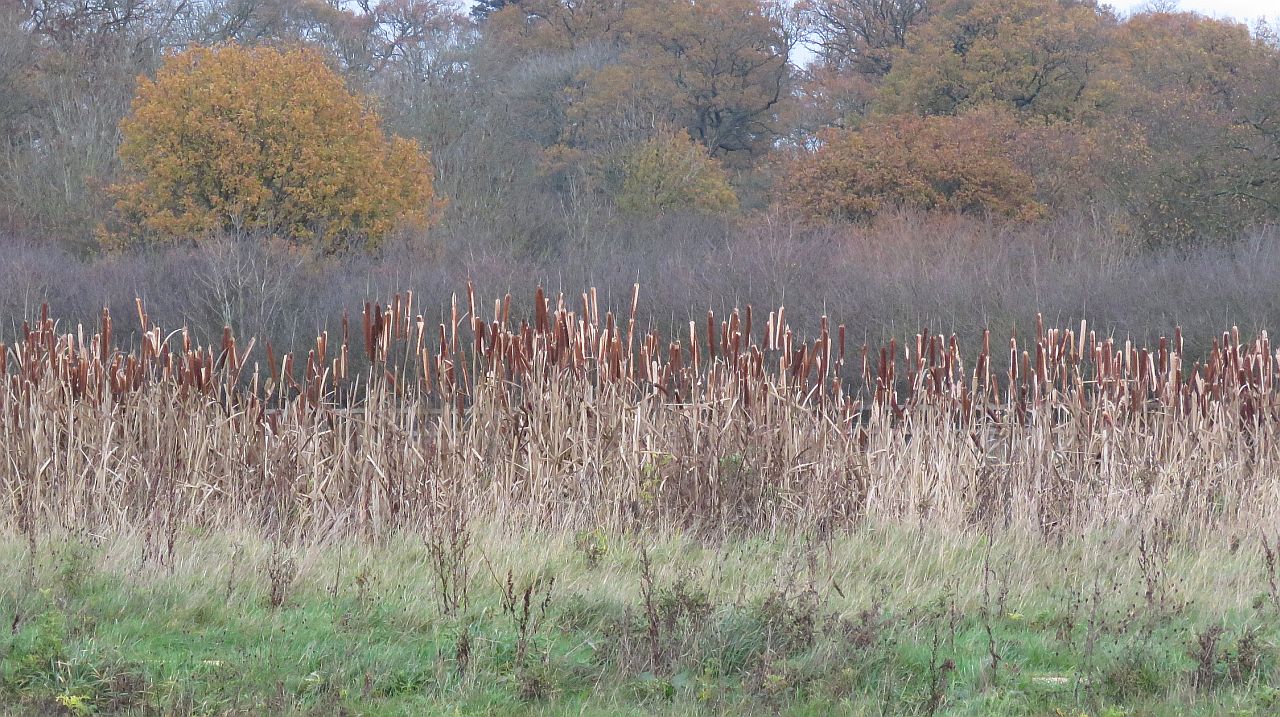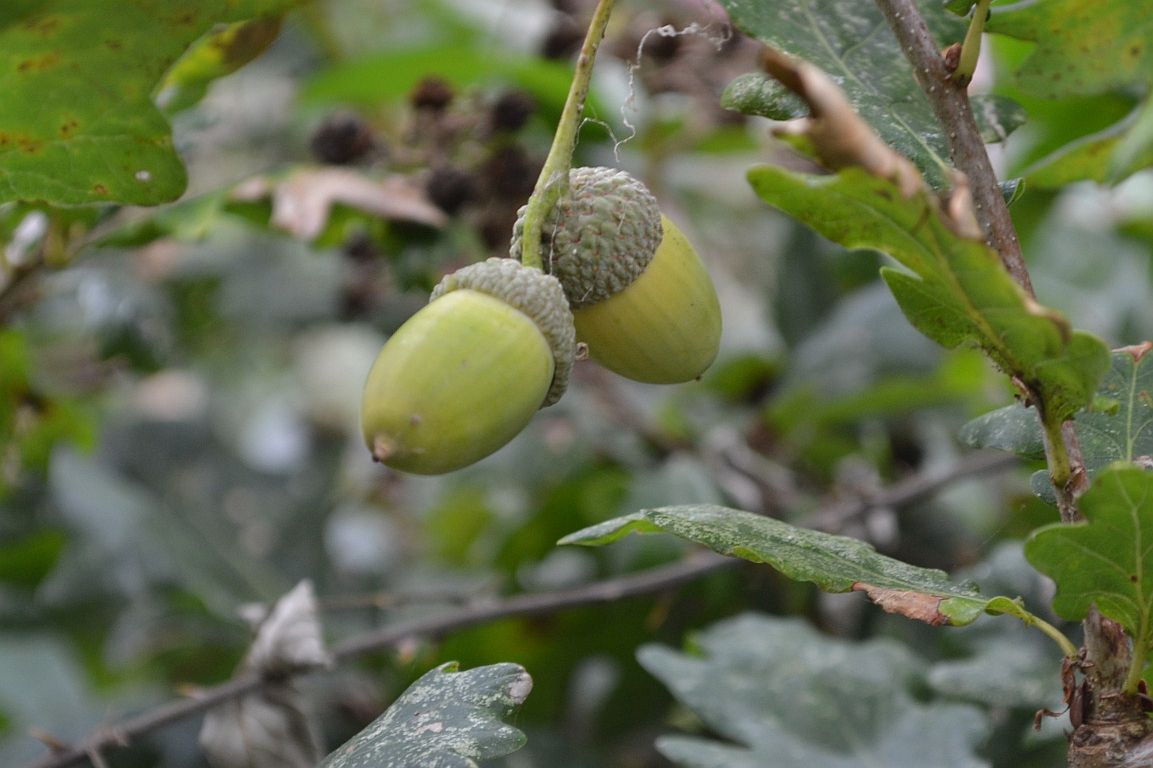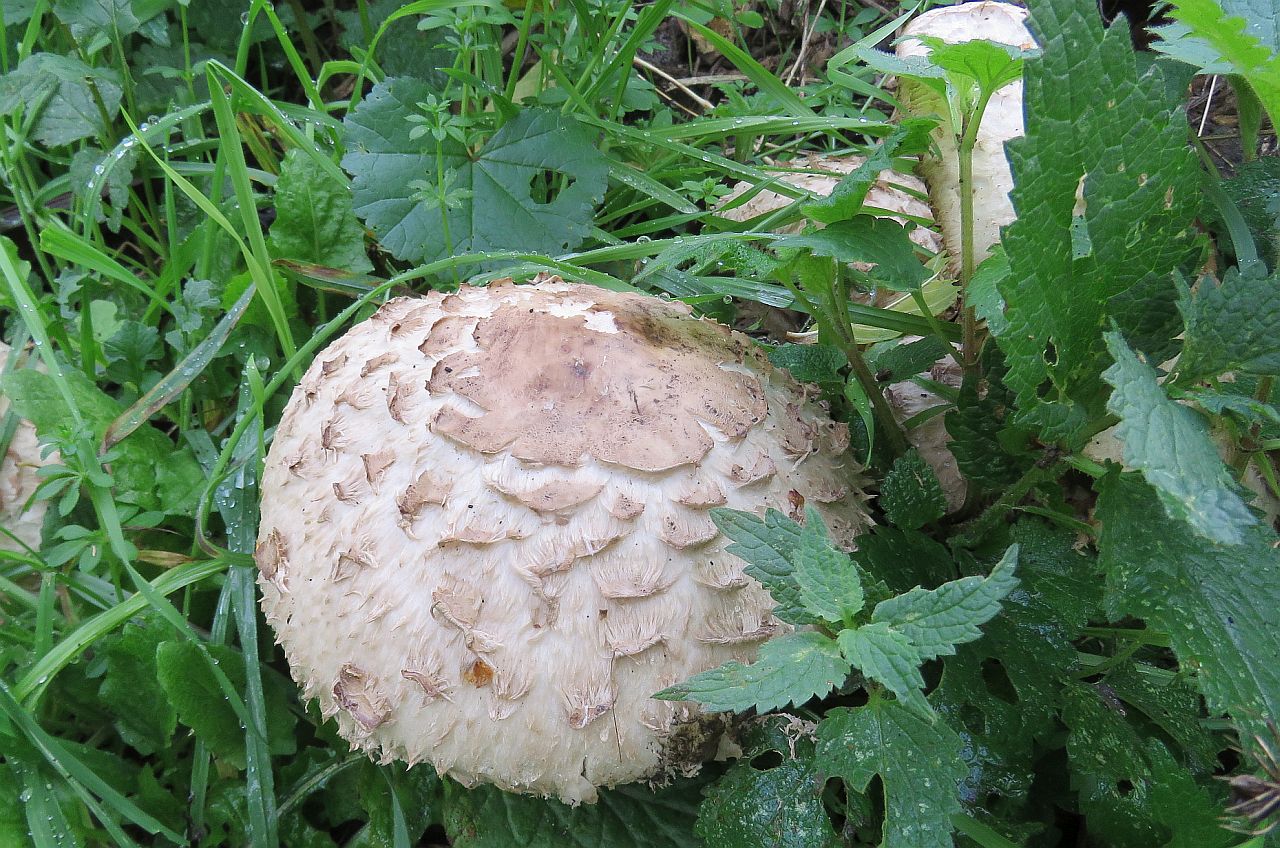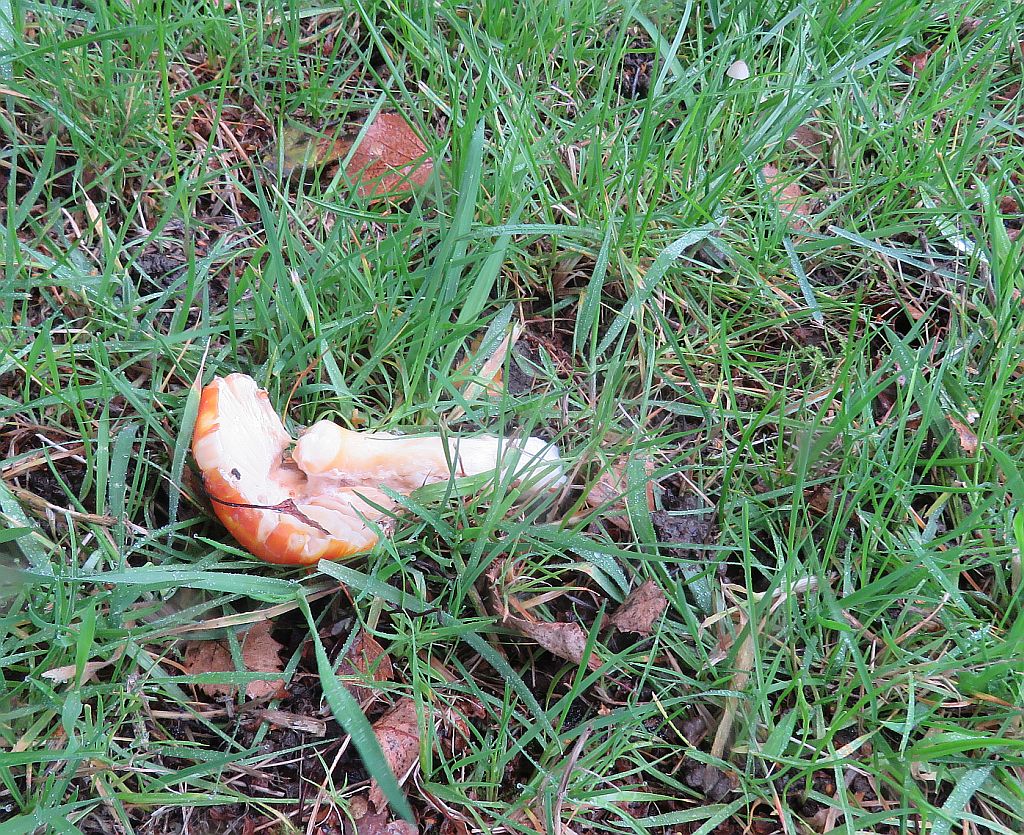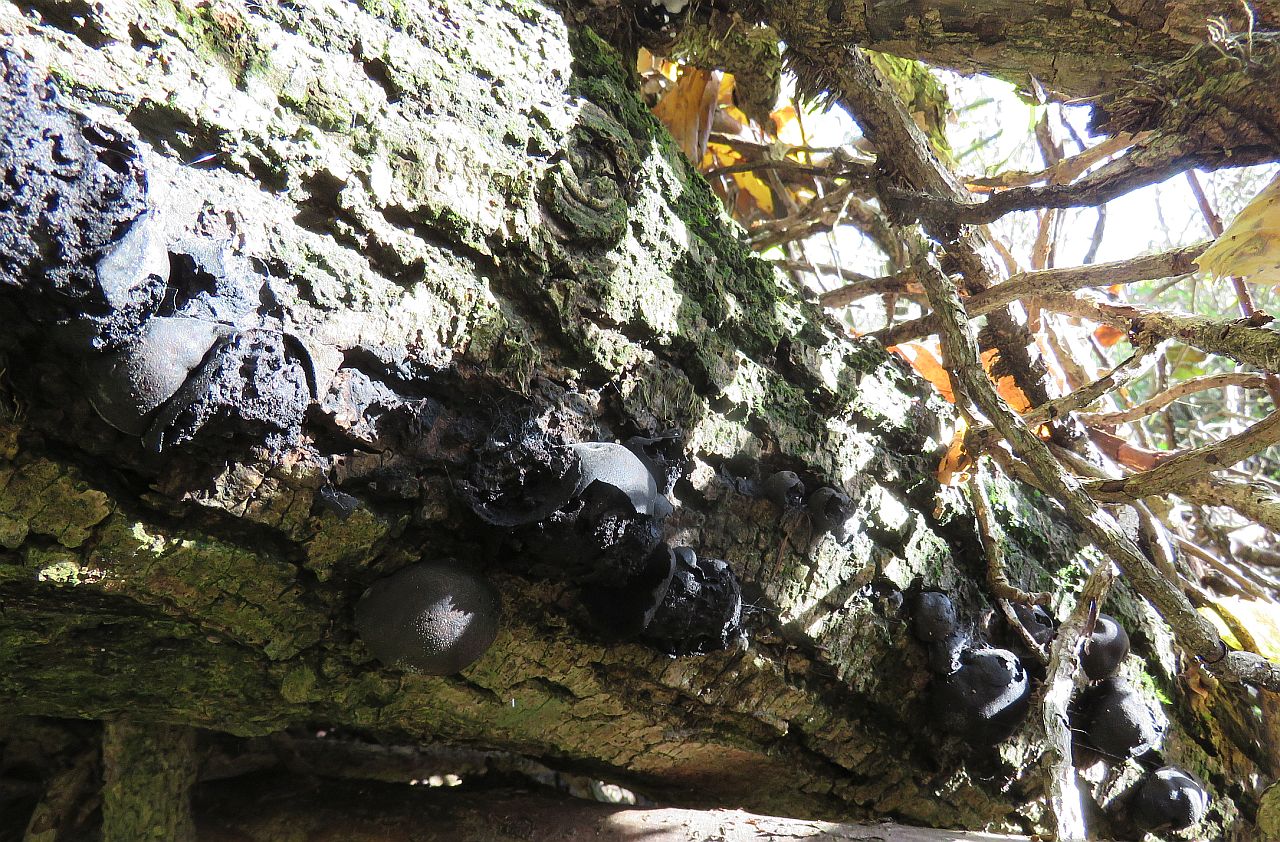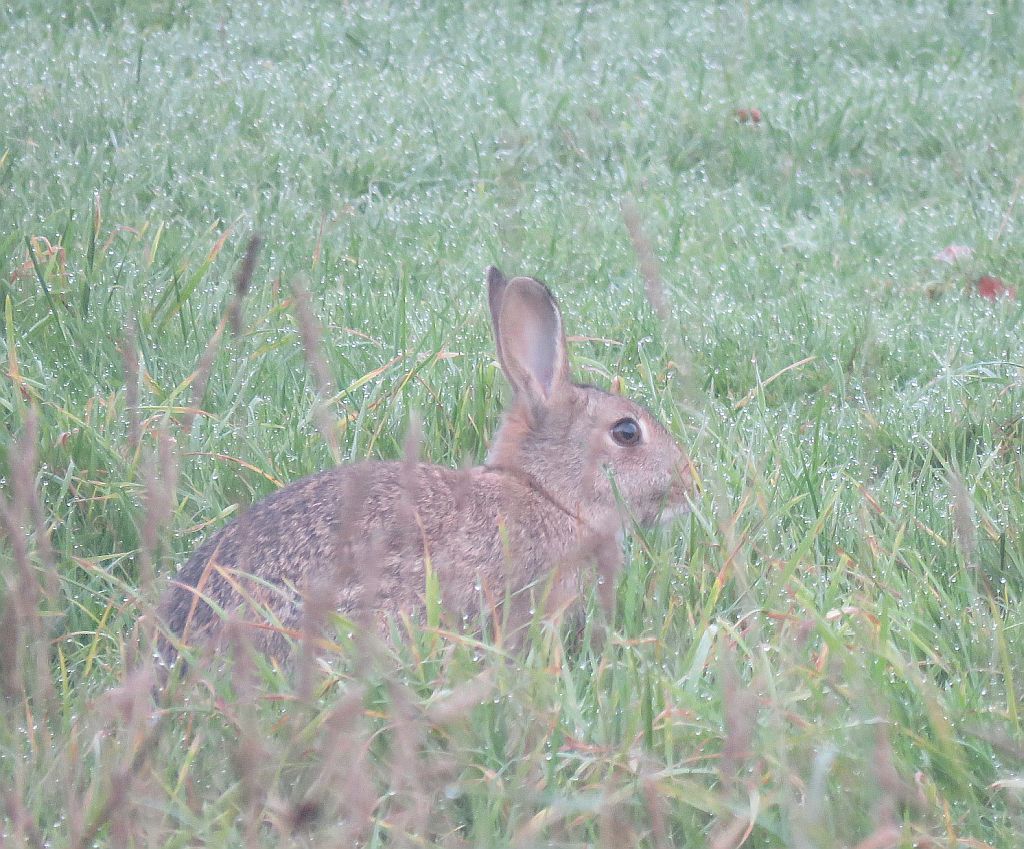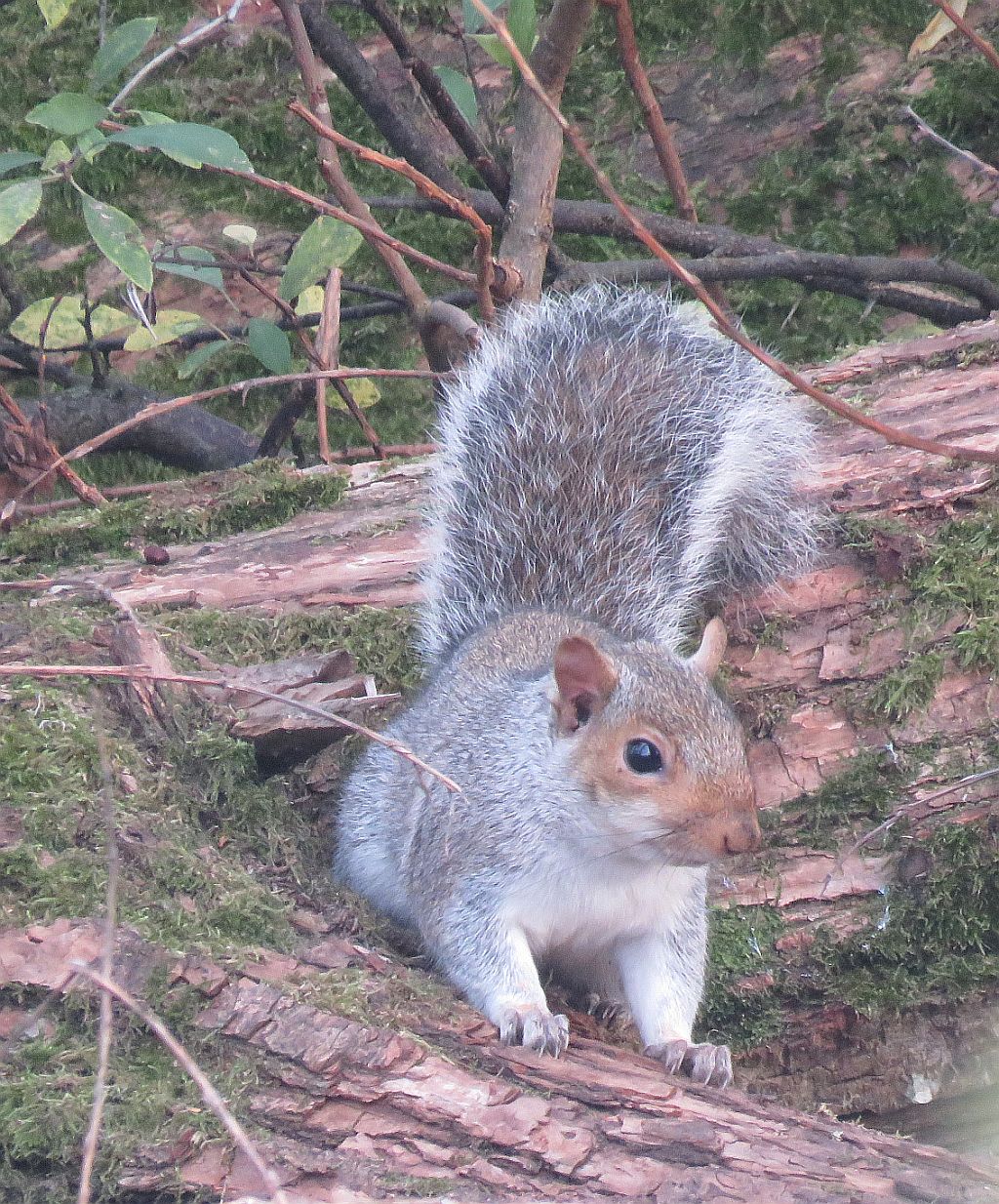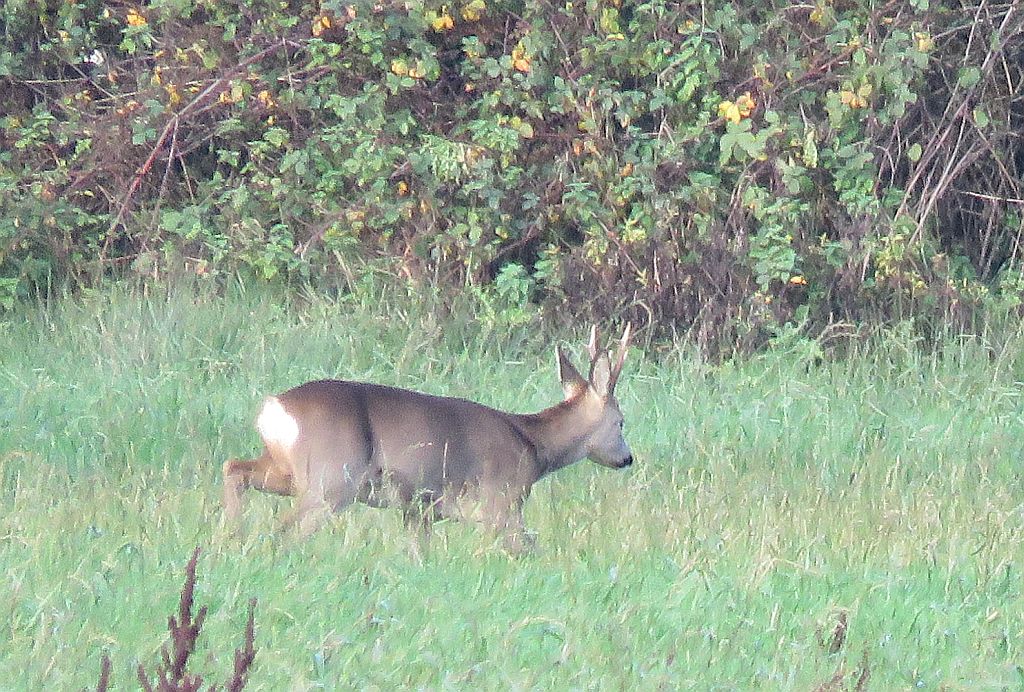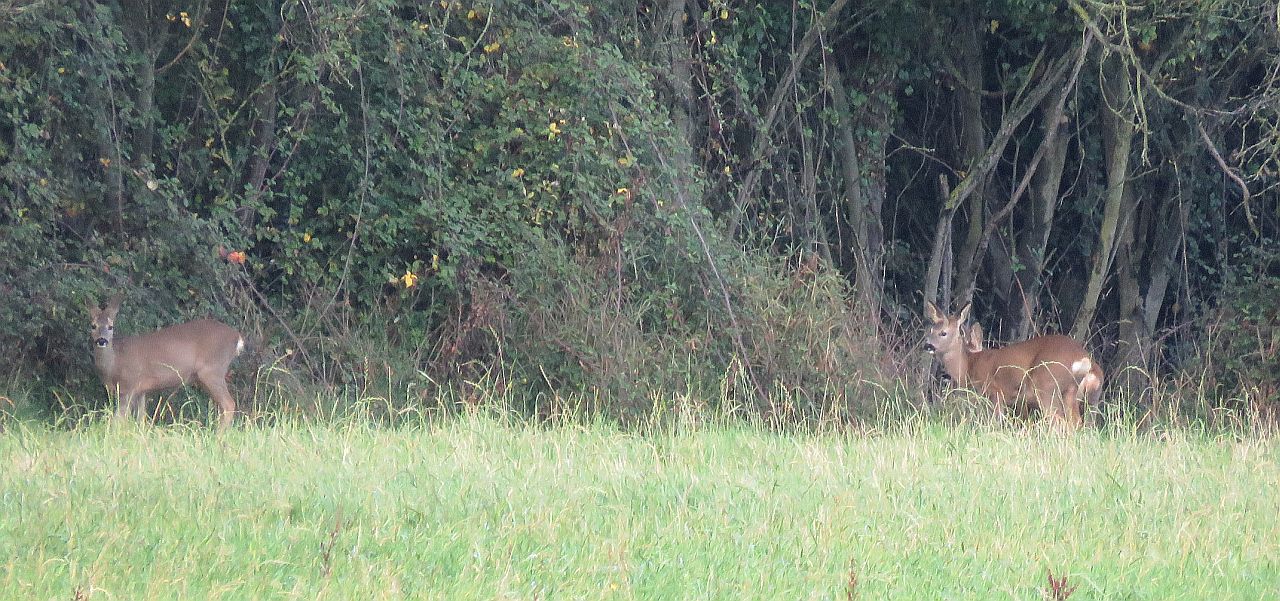
Click on the link to send in your sightings info@foteb.org.uk to help us monitor Emm Brook wildlife.This type of ‘citizen science’ allows us to get a clearer picture of what is happening along the Emm.
For previous months sightings see Archive
The "Area Seen" refers to the 11 sections that the Brook has been split into for monitoring purposes (see Wildlife page under Monitoring ).
For what you can expect to see on the Emm this month, click here November
All sightings unless stated are from personal observations by Eddie Napper.
Click on any picture to see a larger image
|
Birds
30/11/20 Working from home in Area 7A and occasionally glancing out of the window produced flyovers of 6 Herring Gull a solitary Black headed Gull , 3 Mistle Thrush , Great spotted Woodpecker , 20 Wood Pigeon , Jackdaw , Carrion Crow ,Magpie ,Ring necked Parakeet and a Jay . 25/11/20
23/11/20 Paul O'Neill was at Ashridge Meadows in Area 7A and saw a Little Egret heading South East, a female Kestrel , a Grey Wagtail on the telegraph wires and a female Stonechat on the Reed Mace. He then went to Old Forest Road Meadows in Area 8 and saw another female Kestrel . In Area 4 Paul Bright Thomas heard a calling Tawny Owl near the Balancing pond at 22:30 , earlier in the day he also saw a Raven distantly in Area 3 and 2 Redwing , 3 Siskin and 4 Fieldfare heading over his garden. At Heathlake in Area 1 were 6 Pochard , 5 male and a female seen by Patrick Crowley. 22/11/20 A Grey Wagtail was on the beach in front of the Dinton Activity Centre in Area 10 seen by Richard Marsh. 7 Ring necked Parakeets flew over Area 7A calling also seen was a Pied Wagtail bravely calling as it flew behind a Sparrowhawk , seeing it off at a safe distance. 21/11/20 The nightly murmaration of about 250 Starling at dusk flying into the Area 10 reedbeds to roost has caught the attention of 2 Sparrowhawk looking for an evening snack. Also seen flying to roost nearby were approximately 60 Ring necked Parakeets . All sightings by Paul Bright Thomas. 18/11/20 A Sparrowhawk was seen flying over Area 5 this morning and later in the day a Grey Wagtail was seen. 15/11/20 A Grey Wagtail was seen in Area 8 near Old Forest Road Meadows by Paul O'Neill. 14/11/20
12/11/20 I was alerted by Herring Gulls calling over Area 5 and looked up to see the reason, 3 were mobbing a Common Buzzard that was moving effortlessly on the thermals. After a few minutes it moved off and much to the Gulls annoyance was swiftly replaced by a Red Kite. Needless to say the whole process started all over again. 10/11/20
08/11/20
07/11/20 In Area 10 at the car park field 2 Mistle Thrush flew East and 2 Raven were seen moving low North West calling, seen by Fraser Cottington. In Area 4, Paul Bright Thomas was watching his garden. A Ring necked Parakeet flew over calling, a Golcrest and Mistle Thrush were also seen. A Lesser Redpoll was in an Ash with Goldfinch . A Common Crossbill flew South East and 3 Great Spotted Woodpecker were seen together in a Poplar tree near Kingfisher Bridge. In Area 7A a Little Egret was seen flying along the Ashridge Stream towards Old Forest Road Meadows and a Sparrowhawk was sitting on rooftops in Area 6 at Clifton Road. Both sightings by Paul O'Neill. 06/11/20
04/11/20 Paul Bright-Thomas was in his Area 4 garden and saw a Little Egret flying over low South,a Common Gull heading South West. A calling Ring necked Parakeet going South and with the annual migration of Wood Pigeon well under way 275 were seen moving South in an hour. The largest flock was 100 birds. In Area 10 a female Tawny Owl was heard calling in woods near the Jolly Farmer pub on Davis Street at 20:30. 01/11/20
|
Insects
29/11/20 Despite the fact that the weather has finally become more wintry and moth numbers have plummeted the moth trap was out again overnight in Area 7A the and emptied this morning. The results were 21 moths of 3 species . The catch was 10 December Moth Poecilocampa populi , 10 Mottled Umber Erannis defoliaria and 1 Winter Moth Operophtera brumata .Outside the trap was an as yet unidentified Weevil. Following inspection and recording/photographing anything caught is released. 25/11/20 Seen in Area 5 flying around was a queen Buff-tailed bumblebee Bombus terrestris . 22/11/20
18/11/20
07/11/20
|
Plants/ Trees As the leaves on the trees and hedgerows start to change colour to a yellowey gold, find out why at Why do leaves change colour . 28/11/20
25/11/20
07/11/20
02/11/20
Fungi 03/11/20
01/11/20
Amphibians and Reptiles
Mammals 10/11/20 On a mild night a Common pipistrelle Pipistrellus pipistrellus bat was seen flying round an external light picking off moths in Area 7A. 08/11/20
03/11/20
Fish/ Crustaceans
Molluscs
|
